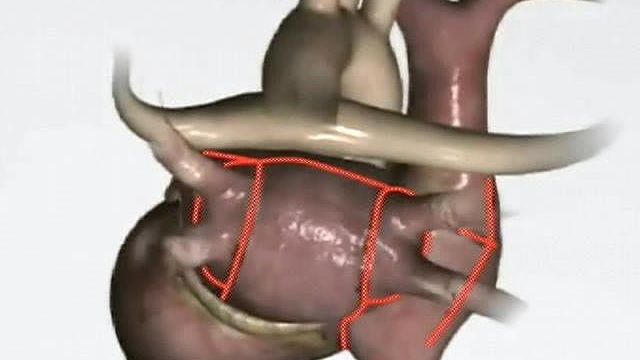Doctor Develops Procedure to Help Regulate Heartbeats
Four million people have atrial fibrillation, the most common heart rhythm disorder. Out of 700,000 strokes in the United States every year, 140,000 can be linked to atrial fibrillation. It's most common in the elderly or those with different heart defects.
Posted — UpdatedDr. Andy C. Kiser, chief of thoracic surgery at FirstHealth Moore Regional and a cardiologist, developed a new procedure called Ex Maze to accomplish the same thing as Cox Maze, but less invasively.
Using a plastic surgical model, Kiser demonstrated how his procedure uses a special heating coil encased in a long tube.
Suction attaches the short heating coil to the surface of the heart to create a scar. The multiple scars form a pattern, or maze, all around the surface of the heart to disrupt the irregular electrical impulses.
There have been 70 such procedures done worldwide; 20 of them at FirstHealth Moore Regional Hospital. It's where many surgeons around the country will come for Ex Maze training.
Until now, the procedure has only been done in conjunction with other open heart procedures. In about two months, the first "stand alone" Ex Maze procedure will be done at FirstHealth Moore Regional Hospital.
Kiser said the long-term plan is to try to do the procedure laparoscopically through small incisions, but even standard surgery for it poses a much lower risk than the current standard surgery of stopping and cutting into the heart.
• Credits
Copyright 2024 by Capitol Broadcasting Company. All rights reserved. This material may not be published, broadcast, rewritten or redistributed.





